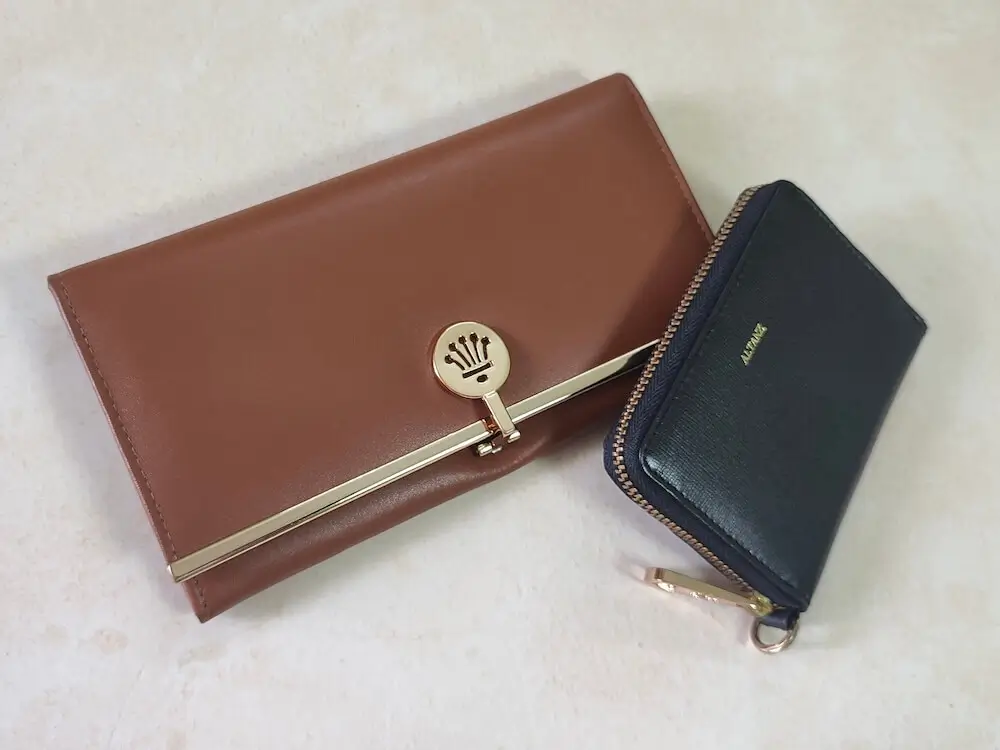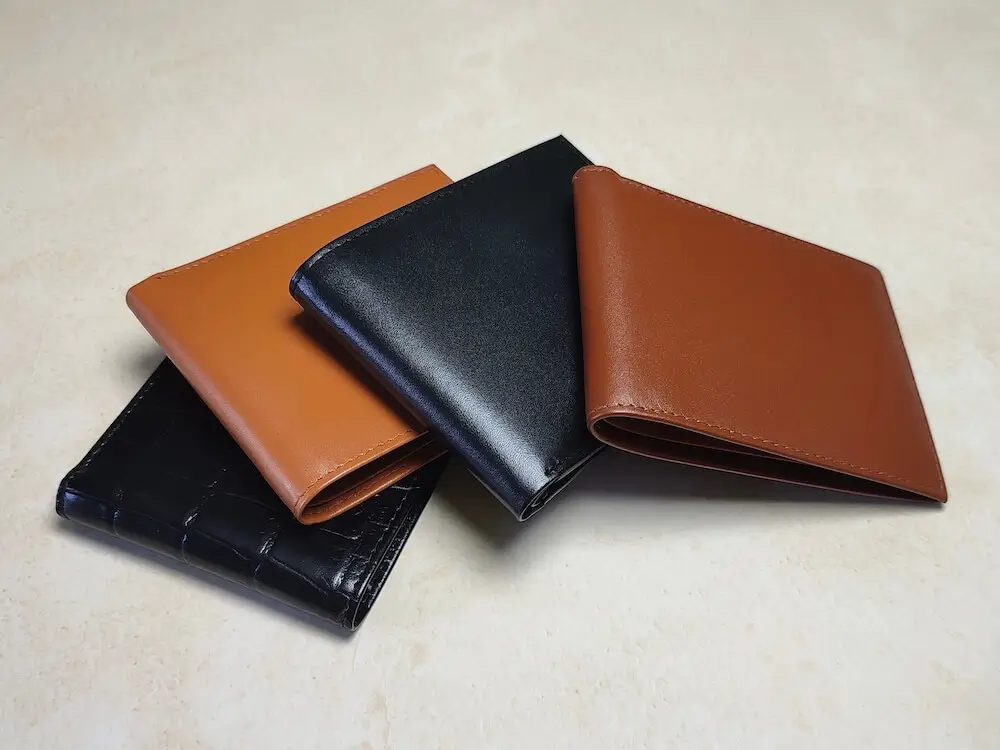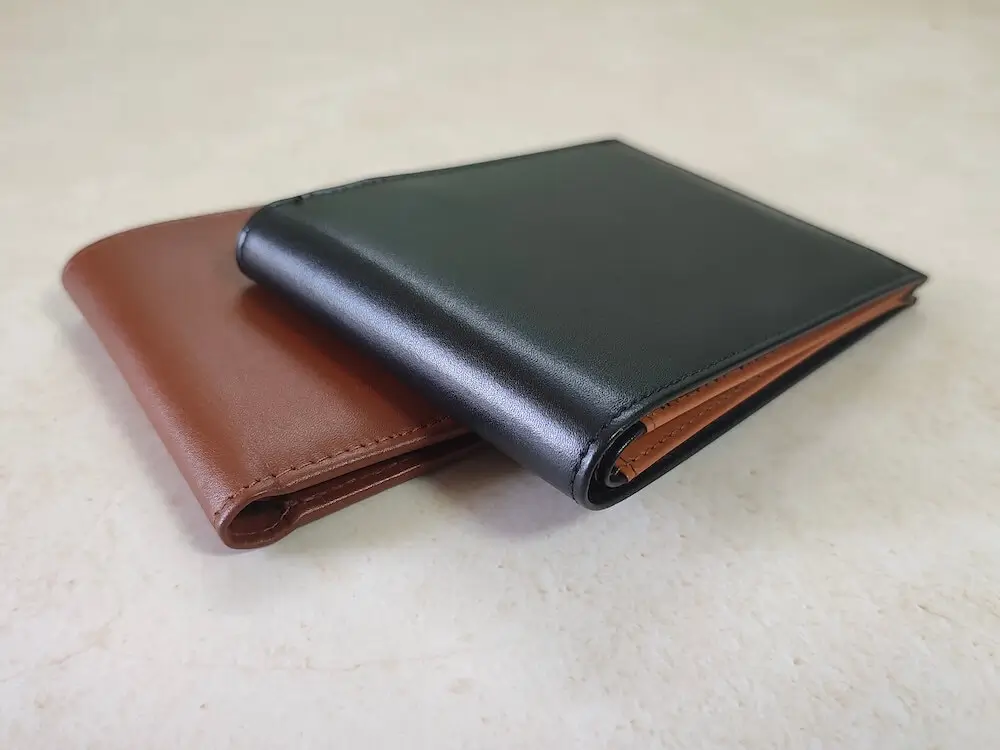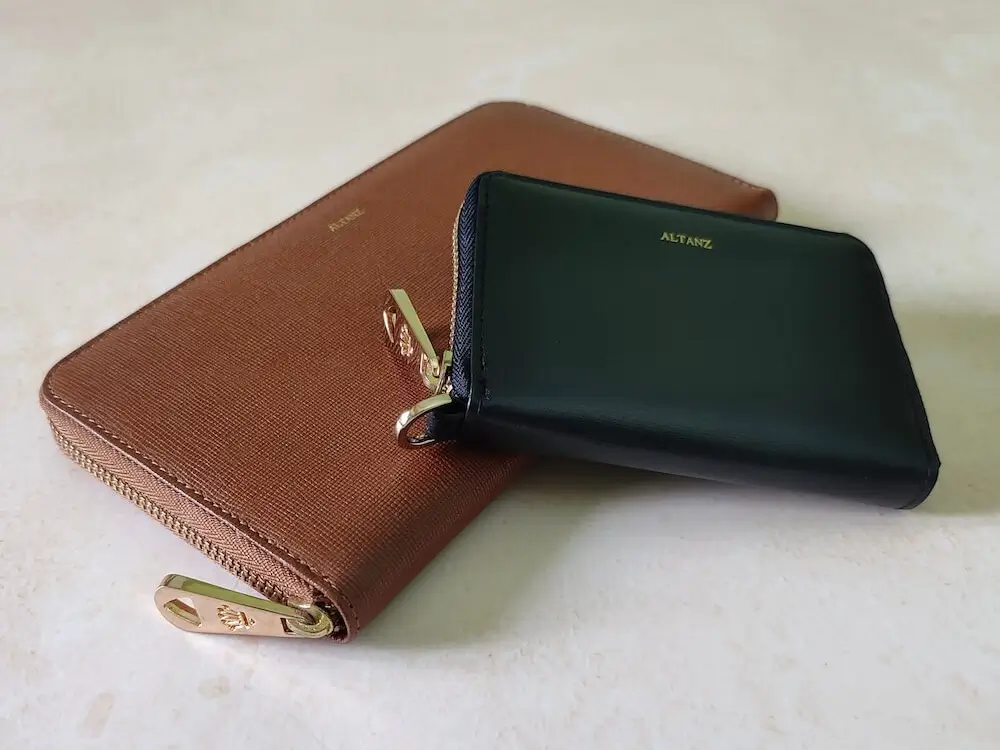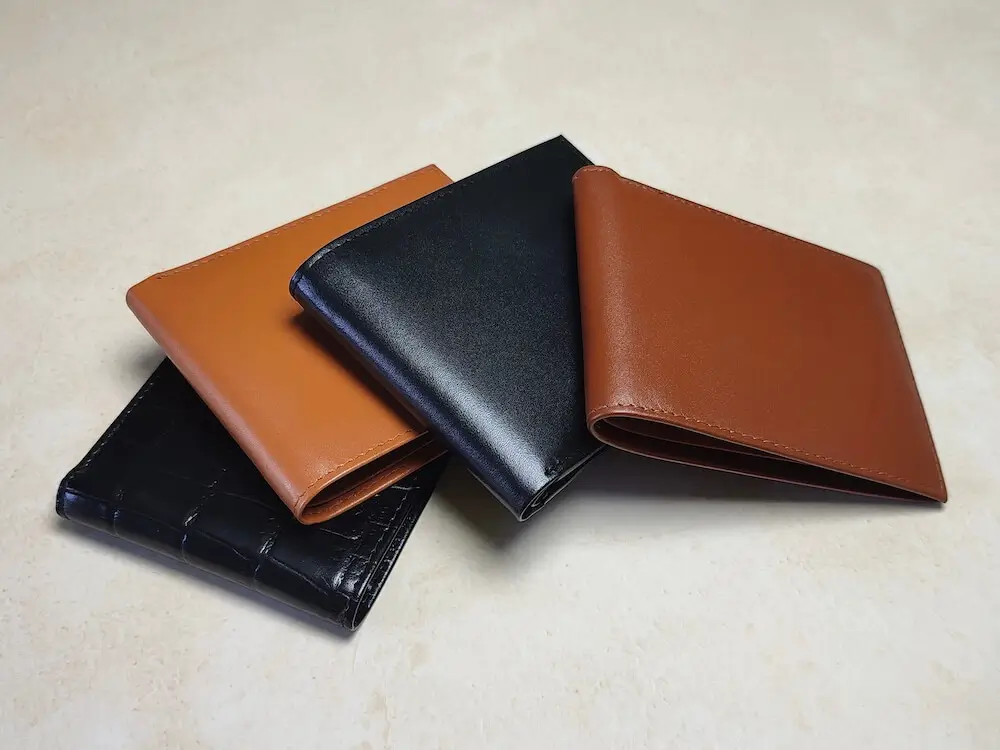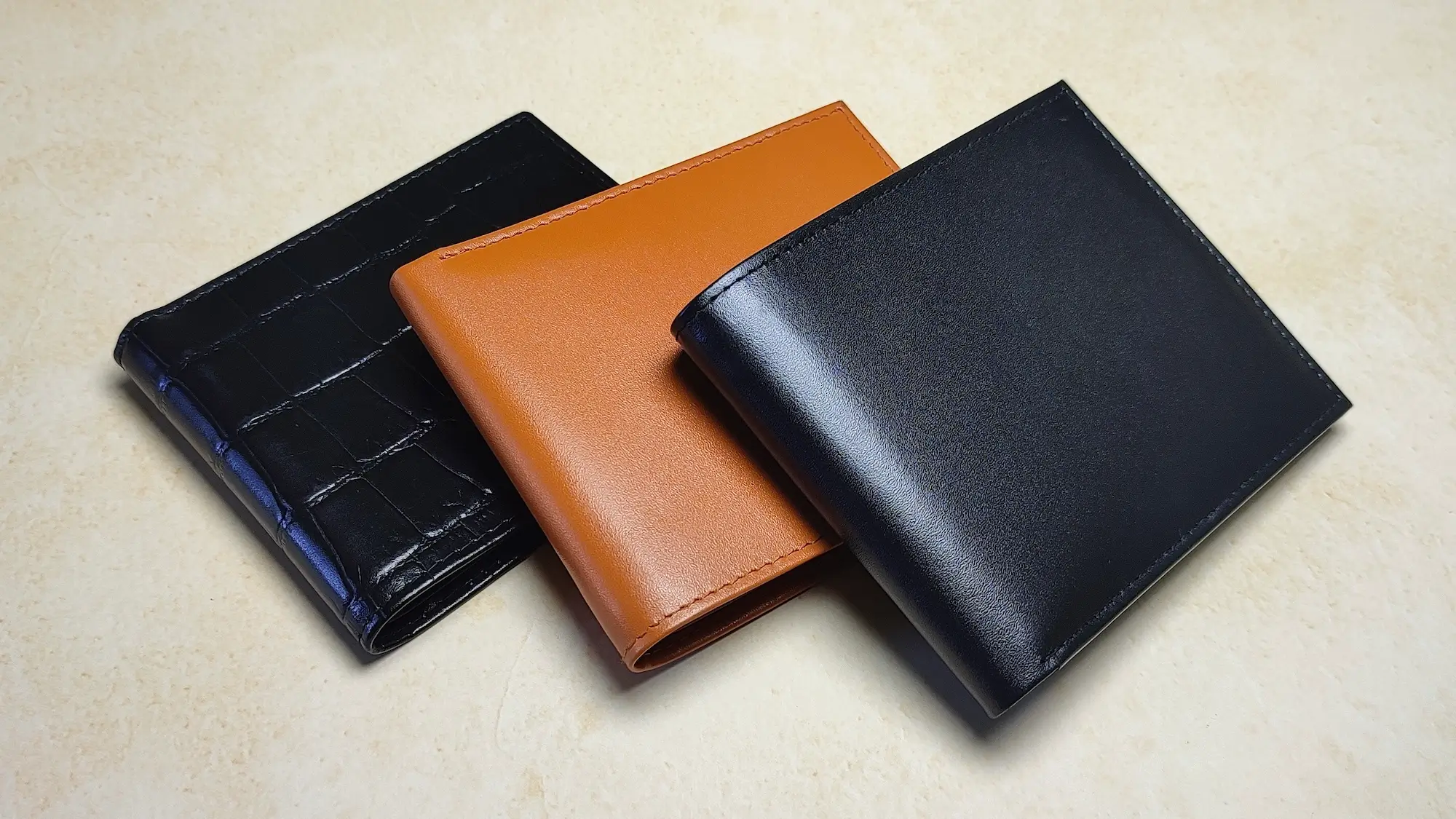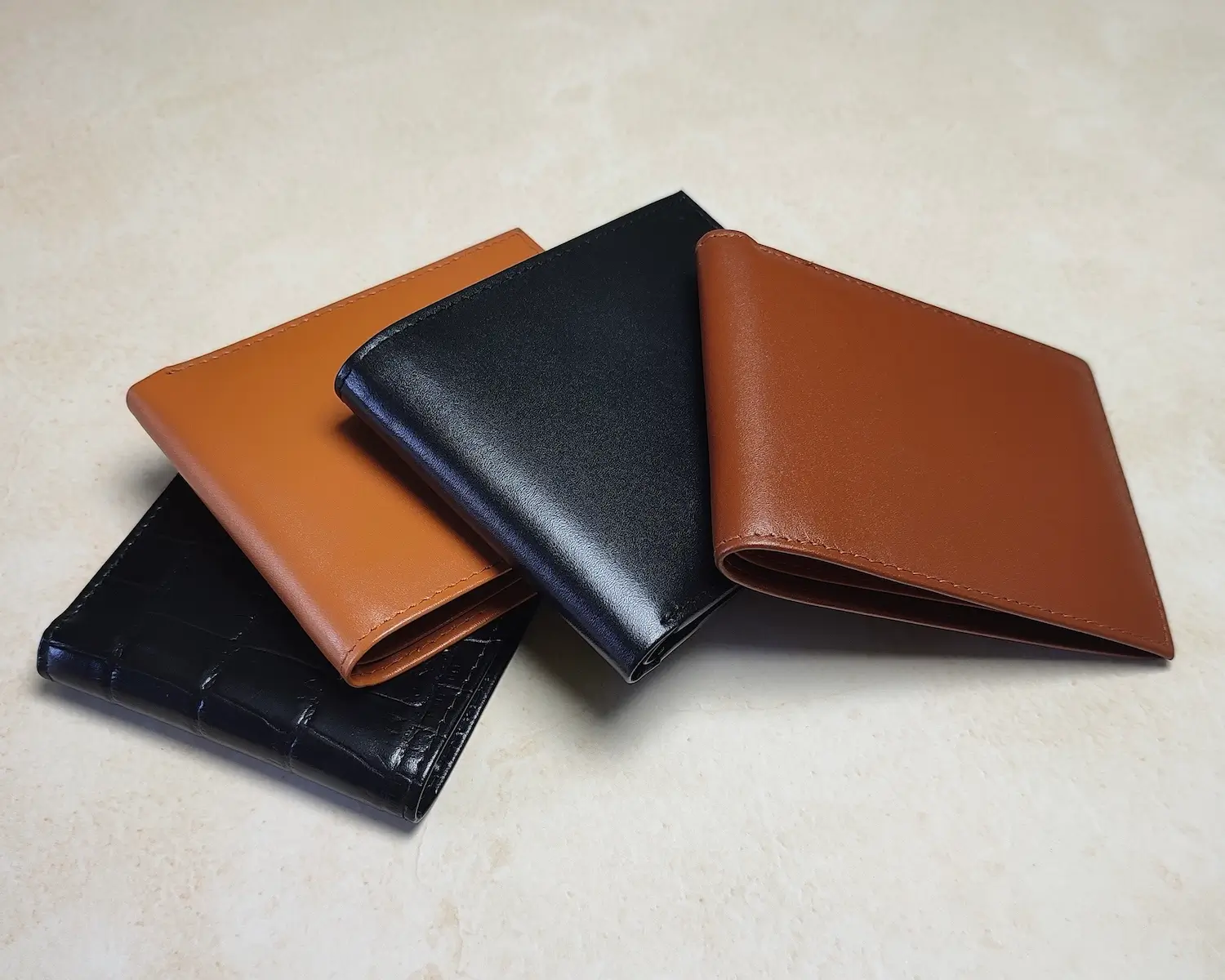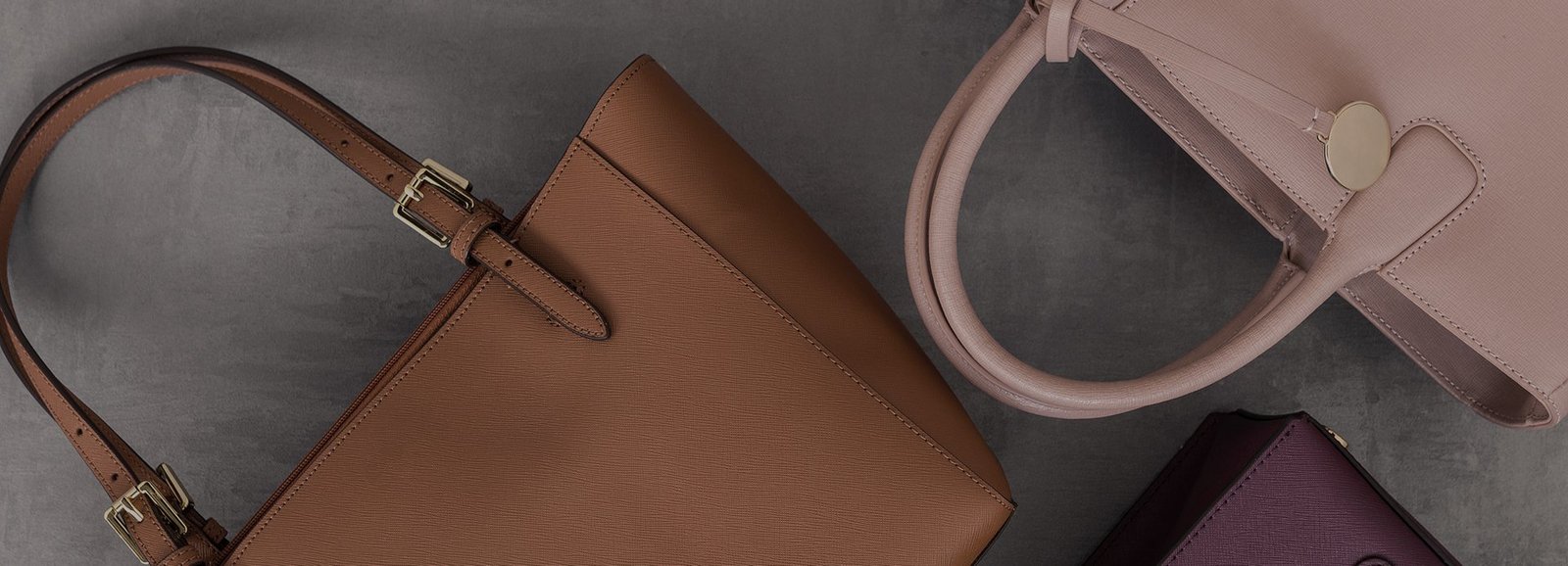Product Guides & Reviews
How to Choose the Perfect Leather Wallet for Men: A Step-by-Step Guide
Introduction
A leather wallet is more than just a way to carry your essentials—it’s an expression of your style and a functional tool you’ll use daily. Choosing the right wallet involves understanding your needs, materials, and preferences.
This step-by-step guide will help you find the perfect leather wallet that balances style, quality, and practicality.
Step 1: Determine Your Needs
The first step in choosing the perfect wallet is identifying what you need it for and how you’ll use it.
Identify Your Daily Essentials
Think about what you typically carry in your wallet:
- Cards: How many credit cards, IDs, and membership cards do you need to store?
- Cash: Do you often carry cash, or are you transitioning to a card-only approach?
- Coins: If you use coins, you’ll need a wallet with a dedicated coin pouch.
Choose Your Preferred Wallet Style
Wallets come in a variety of styles, each suited to different preferences:
- Bi-Fold Wallets: A classic option with two compartments that fold flat, ideal for everyday use.
- Tri-Fold Wallets: Compact yet spacious, offering more compartments in a smaller footprint.
- Cardholders: Slim and minimalist, designed for those who carry only a few cards.
- Money Clips: Great for carrying cash in a sleek, lightweight format.
Consider Your Lifestyle
Your lifestyle influences the type of wallet that will suit you best:
- Formal Settings: Opt for sleek, professional wallets made of premium leather.
- Casual Use: Choose durable, versatile designs that can handle everyday wear.
- Travel Needs: Look for larger wallets with compartments for passports and travel documents.
Step 2: Understand Leather Types
The quality of the leather significantly impacts the durability and appearance of your wallet.
Full-Grain Leather
Full-grain leather is the highest-quality leather available:
- Durability: Retains the strongest fibers of the hide, making it long-lasting.
- Aging: Develops a rich patina over time, enhancing its character and uniqueness.
Top-Grain Leather
Top-grain leather is another excellent option:
- Smooth Finish: Sanded and treated for a polished look.
- Cost-Effective: Slightly less expensive than full-grain while maintaining durability.
Other Leather Options
Alternative leather types offer different benefits:
- Split-Grain Leather: More affordable but less durable, often used for casual wallets.
- Bonded Leather: Made from leather scraps bonded with adhesive; a budget-friendly option.
- Exotic Leathers: Unique materials like crocodile, ostrich, or stingray leather add luxury and flair.
Step 3: Assess Quality Indicators
High-quality construction ensures your wallet will last for years and perform well under daily use.
Stitching and Construction
Pay attention to how the wallet is assembled:
- Even Stitching: High-quality wallets feature clean, tight stitching with no loose threads.
- Reinforced Edges: Prevents wear and tear, especially on high-stress areas like corners.
Hardware and Accessories
Wallets with hardware, like zippers or snaps, require added scrutiny:
- Smooth Operation: Zippers should glide effortlessly without snagging.
- Durable Materials: Hardware should be made of metal rather than plastic for longevity.
Brand Reputation
Trustworthy brands are more likely to deliver on quality and durability:
- Luxury Brands: Companies like Montblanc and Gucci are known for their craftsmanship.
- Niche Artisans: Smaller leatherworking brands often produce handmade, unique pieces.
Step 4: Consider Wallet Features
Modern wallets go beyond basic functionality, offering features that cater to specific needs.
Card Slots and Compartments
Make sure your wallet can accommodate your items:
- Ample Storage: Choose a wallet with enough card slots and a dedicated cash compartment.
- Efficient Layout: Prioritize designs that keep essentials accessible and organized.
RFID Blocking
Protect your financial and personal data with RFID-blocking technology:
- Shielding Layer: Prevents unauthorized scanning of your credit cards and IDs.
- Convenience: Essential for travelers or those in urban areas where digital theft is a concern.
Additional Features
Some wallets include extra functionality:
- Coin Pouches: Useful if you often carry loose change.
- ID Windows: Provides quick access to identification cards.
- Removable Inserts: Allows customization based on changing needs.
Step 5: Choose a Style That Matches Your Personality
Your wallet is not just a functional accessory—it reflects your personal style. Here’s how to choose a wallet that complements your identity.
Minimalist Wallets
Perfect for those who prefer simplicity and efficiency:
- Sleek Design: Minimalist wallets focus on essential storage, such as 3–5 cards and a few bills.
- Lightweight: Ideal for front pocket use, avoiding bulkiness.
- Material Options: High-quality leather ensures durability while maintaining a slim profile.
Classic Bi-Fold Wallets
The timeless choice for all-around practicality:
- Versatile Use: Suitable for both casual and formal settings.
- Ample Storage: Offers multiple card slots and a spacious cash compartment without being overly bulky.
- Understated Elegance: Choose neutral colors like black, brown, or navy for a polished look.
Unique or Customized Wallets
For those who enjoy standing out or adding a personal touch:
- Bold Designs: Wallets with textured finishes, patterns, or exotic leathers like crocodile or ostrich.
- Personalization: Monograms or embossed initials add a bespoke element.
- Vibrant Colors: Deep reds, blues, or greens provide a modern, trendy twist on traditional styles.
Step 6: Set Your Budget
Luxury leather wallets come in a range of prices. Setting a budget helps narrow your options while ensuring quality and value.
Entry-Level Options
Affordable yet high-quality wallets for those on a budget:
- Price Range: $50–$100.
- Materials: Typically made from top-grain leather or high-quality split-grain leather.
- Examples: Brands like Bellroy and Fossil offer excellent entry-level choices.
Mid-Tier Wallets
Striking the perfect balance between quality and cost:
- Price Range: $100–$300.
- Features: Premium leather, RFID protection, and a variety of styles.
- Examples: Montblanc, Tumi, and Shinola wallets combine craftsmanship with modern functionality.
Luxury Wallets
For those seeking the finest in craftsmanship and exclusivity:
- Price Range: $300 and above.
- Materials: Full-grain or exotic leathers, with impeccable stitching and premium hardware.
- Examples: Wallets from Gucci, Hermès, or Louis Vuitton are investment pieces that exude sophistication.
Step 7: Care for Your Leather Wallet
Proper care will ensure your leather wallet remains in excellent condition for years.
Cleaning and Conditioning
Leather requires regular maintenance to retain its quality:
- Cleaning: Wipe the wallet with a soft cloth to remove dust and dirt. For stains, use a leather cleaner specifically designed for the material.
- Conditioning: Apply a leather conditioner every 3–6 months to keep the material supple and prevent cracking.
Protecting Against Damage
Leather wallets are durable but need protection from potential hazards:
- Avoid Water Exposure: Use a water-repellent spray to protect against accidental spills or rain.
- Prevent Scratches: Keep your wallet away from sharp objects and handle it with care.
- Limit Overloading: Overstuffing can strain the stitching and distort the wallet’s shape.
Proper Storage
When not in use, store your wallet correctly to preserve its appearance:
- Use a Dust Bag: Store the wallet in a breathable bag to protect it from dust and sunlight.
- Maintain Shape: Keep the wallet flat and avoid folding it improperly.
Conclusion
Choosing the perfect leather wallet involves more than just picking a design—it’s about understanding your needs, selecting the right material, and considering your lifestyle. Whether you prefer a classic bi-fold wallet, a minimalist cardholder, or a bold statement piece, a high-quality leather wallet combines functionality, style, and durability.
By following this step-by-step guide, you can make an informed decision and invest in a wallet that complements your personality while standing the test of time. Remember, a leather wallet isn’t just an accessory; it’s a daily companion that deserves thoughtful selection and care.
FAQs About Choosing Leather Wallets for Men
-
What type of leather is best for a wallet?
Full-grain leather is the most durable and luxurious option, aging beautifully over time. Top-grain leather is also an excellent choice for a smooth finish and long-lasting quality. -
How can I tell if a wallet is made of genuine leather?
Genuine leather has a natural grain and a distinct, earthy smell. Check for the label or certification and examine the stitching and texture for authenticity. -
Are minimalist wallets practical for everyday use?
Yes, minimalist wallets are ideal for those who carry only a few cards and cash. They are lightweight, easy to use, and fit comfortably in front pockets. -
How do I protect my wallet from wear and tear?
Regularly clean and condition the leather, avoid overstuffing, and store the wallet in a dust bag when not in use to prevent damage. -
What’s the average lifespan of a high-quality leather wallet?
With proper care, a high-quality leather wallet can last 5–10 years or even longer, depending on the type of leather and usage.
FAQ : Frequently Asked Questions
How to Choose the Perfect Leather Wallet for Men: A Step-by-Step Guide
Answer:
Full-grain leather is the most durable and luxurious option, aging beautifully over time. Top-grain leather is also an excellent choice for a smooth finish and long-lasting quality.
Answer:
Genuine leather has a natural grain and a distinct, earthy smell. Check for the label or certification and examine the stitching and texture for authenticity.
Answer:
Yes, minimalist wallets are ideal for those who carry only a few cards and cash. They are lightweight, easy to use, and fit comfortably in front pockets.
Answer:
Regularly clean and condition the leather, avoid overstuffing, and store the wallet in a dust bag when not in use to prevent damage.
Answer:
With proper care, a high-quality leather wallet can last 5–10 years or even longer, depending on the type of leather and usage.



